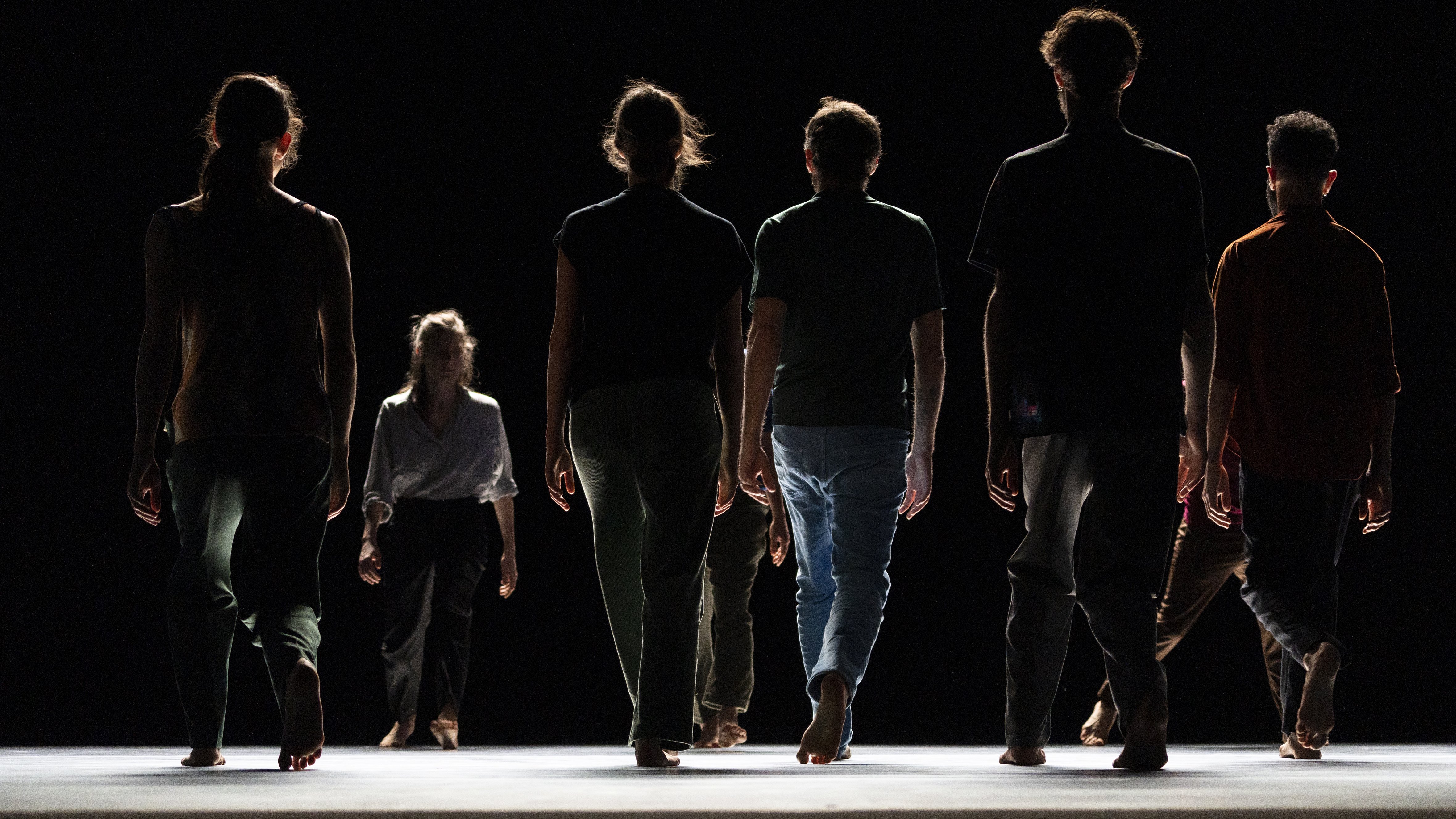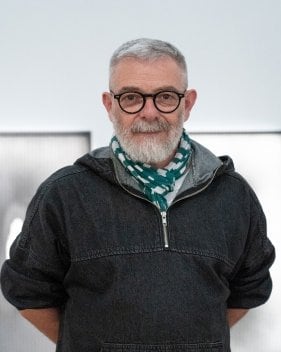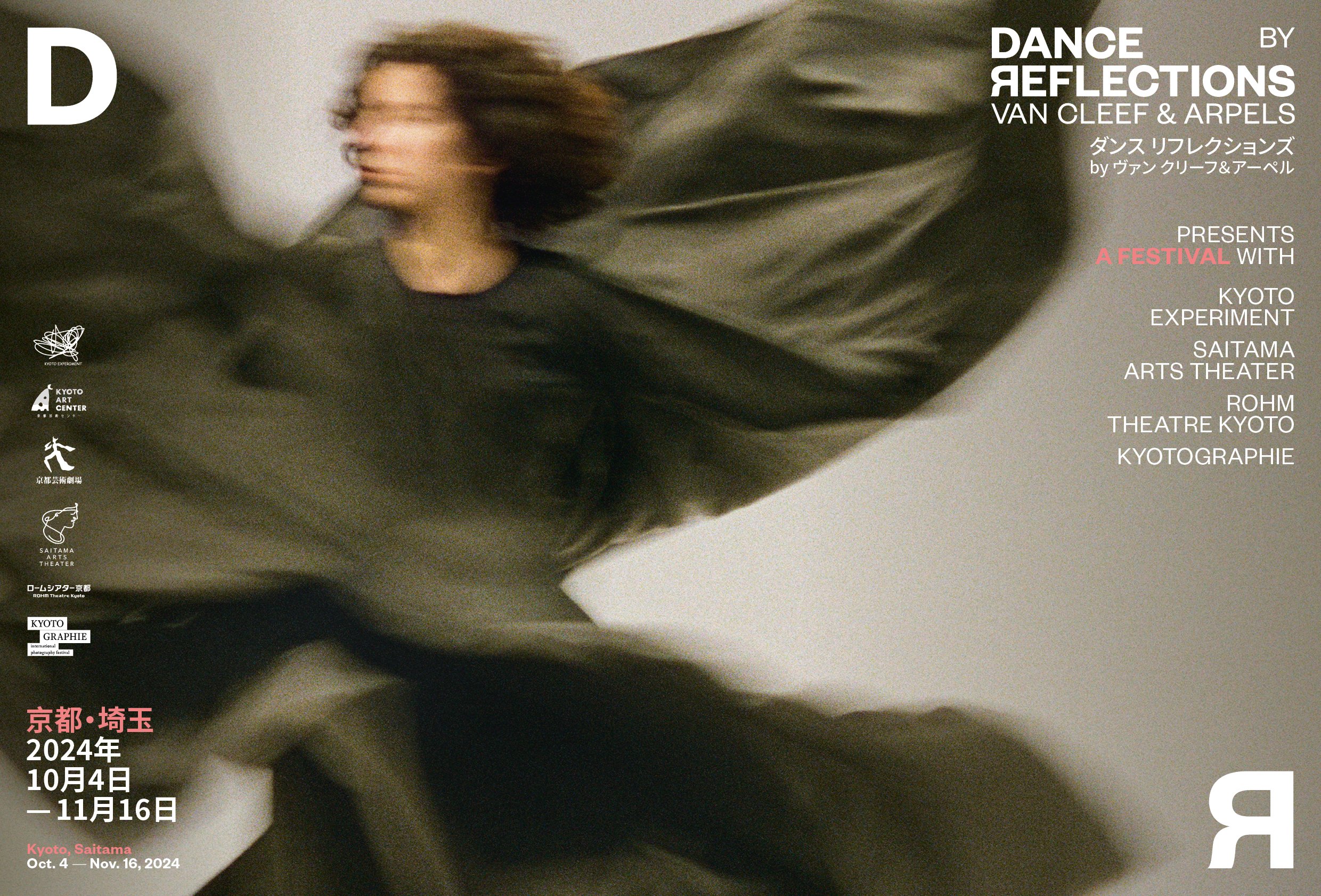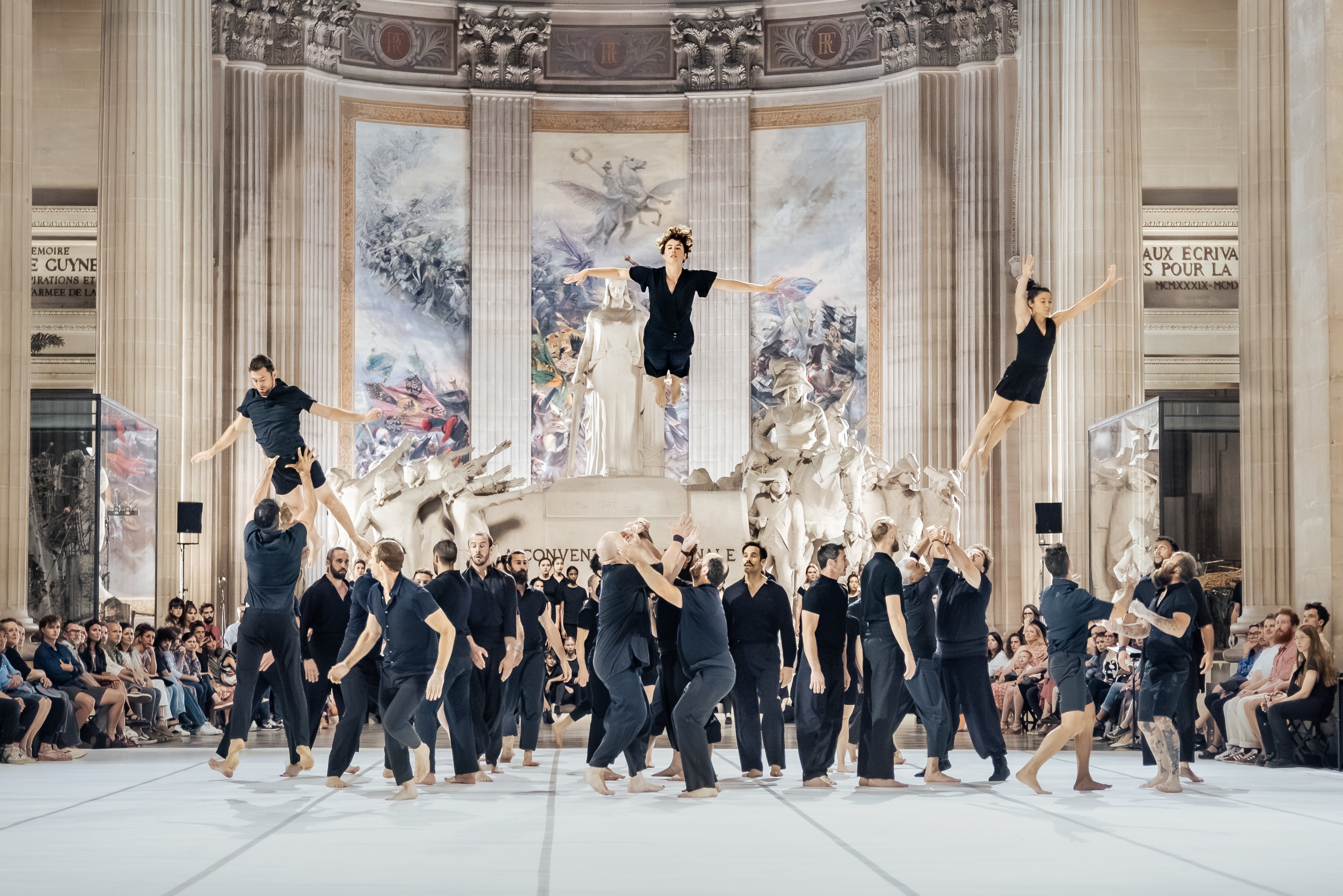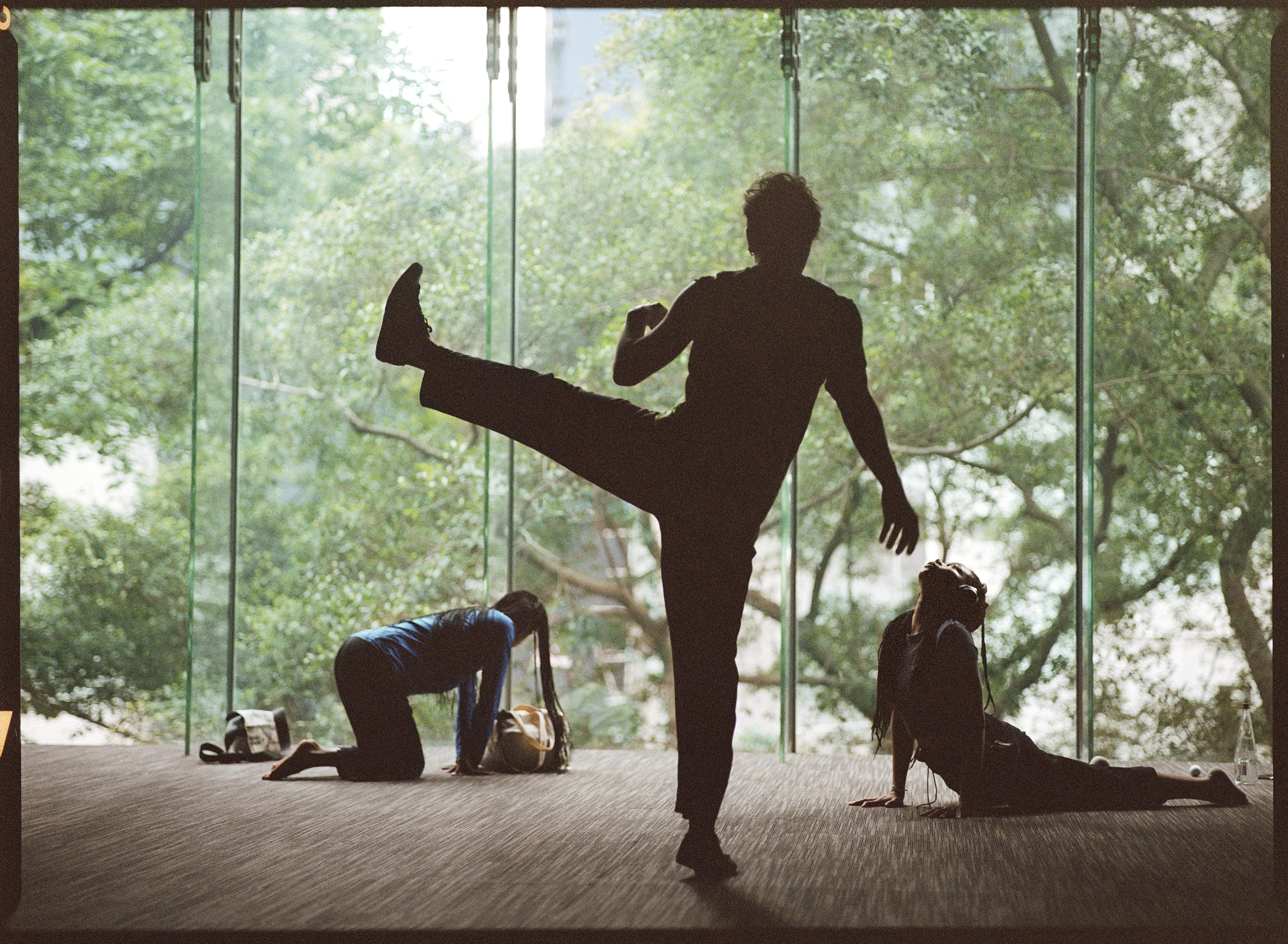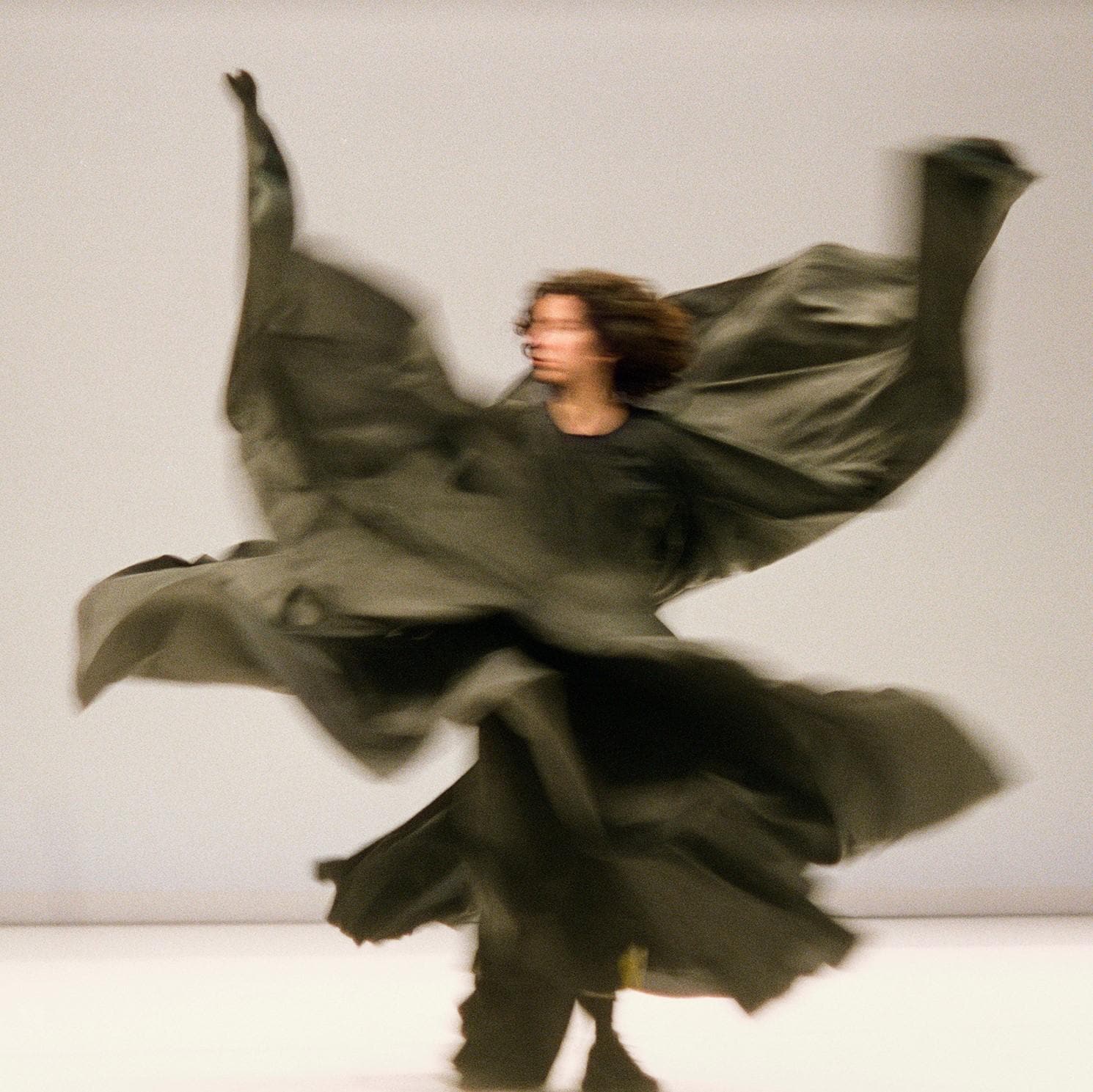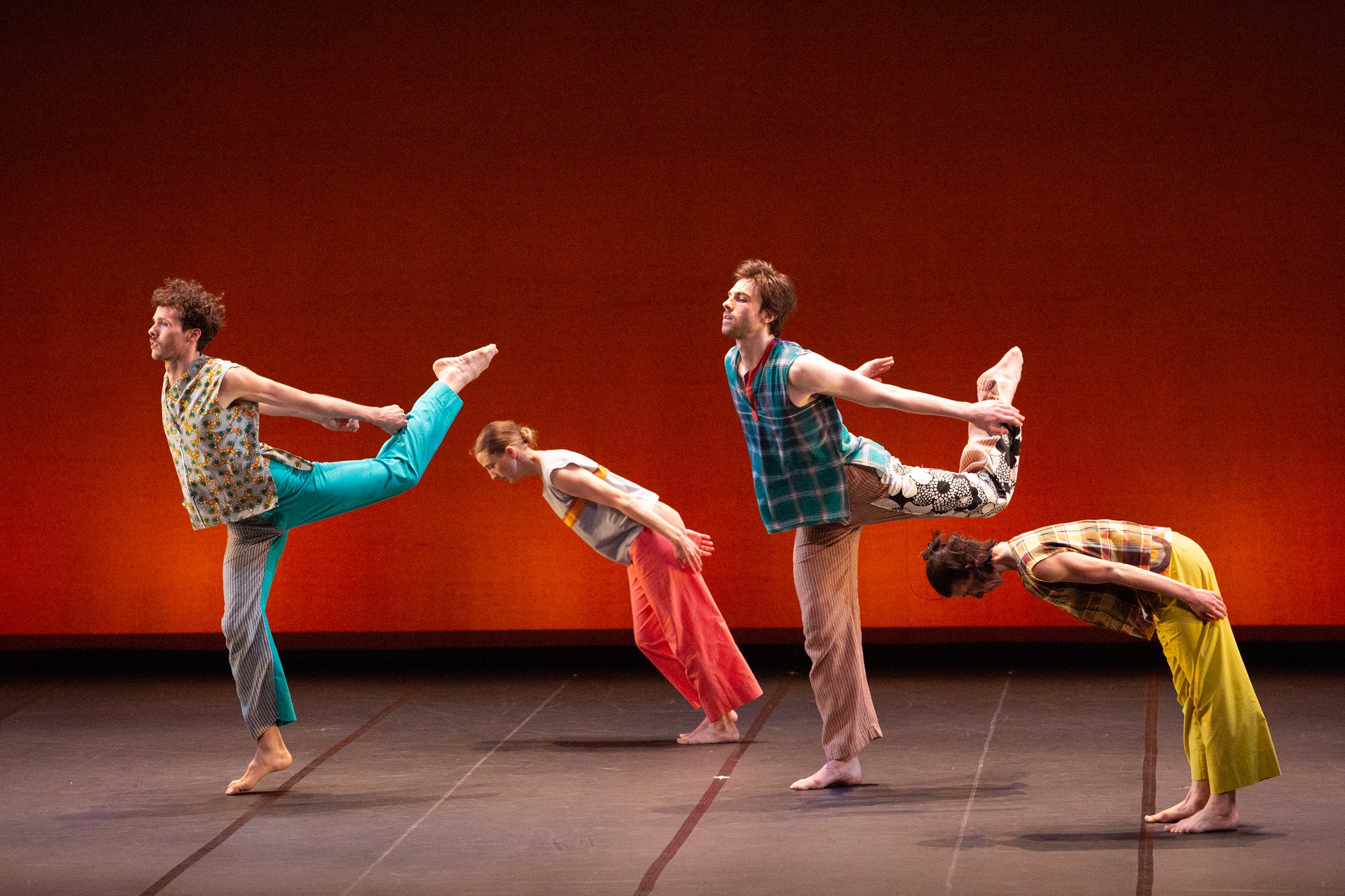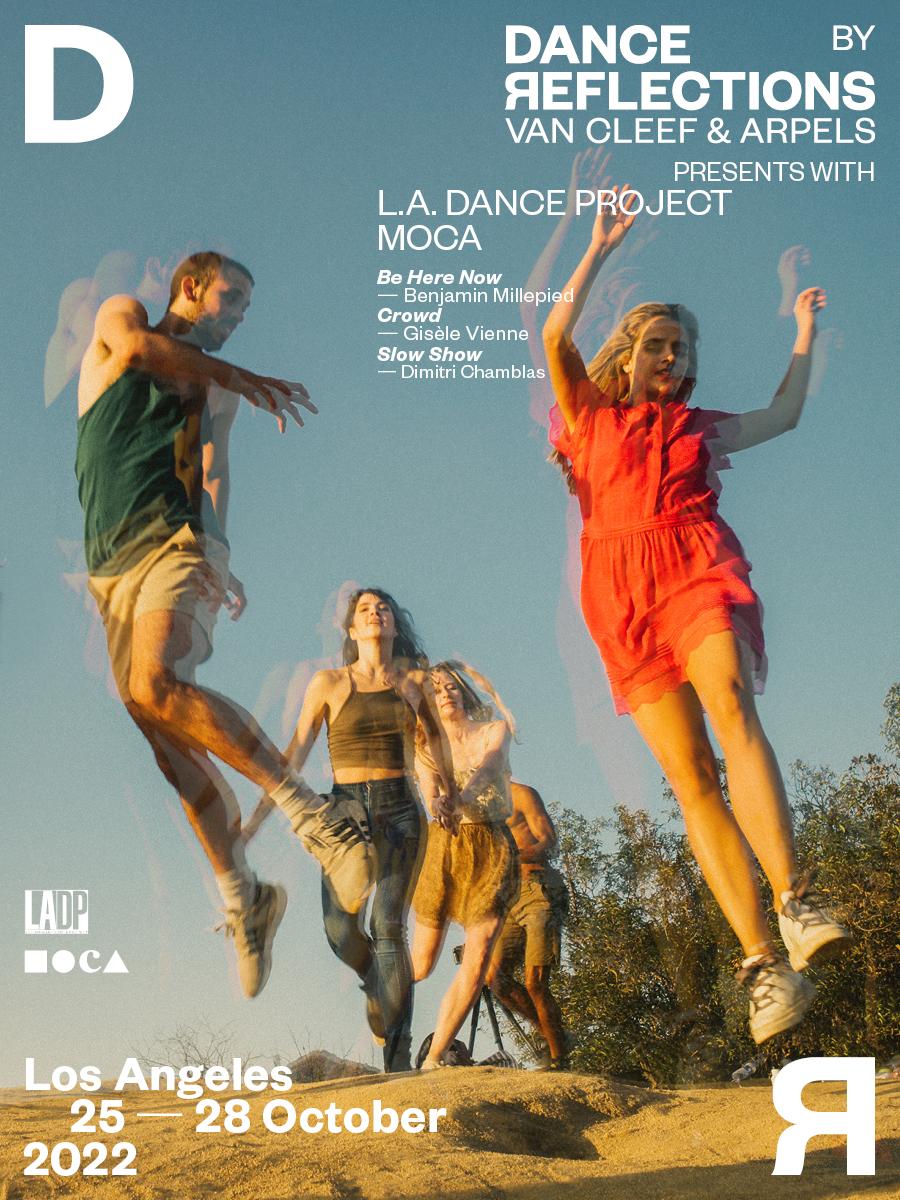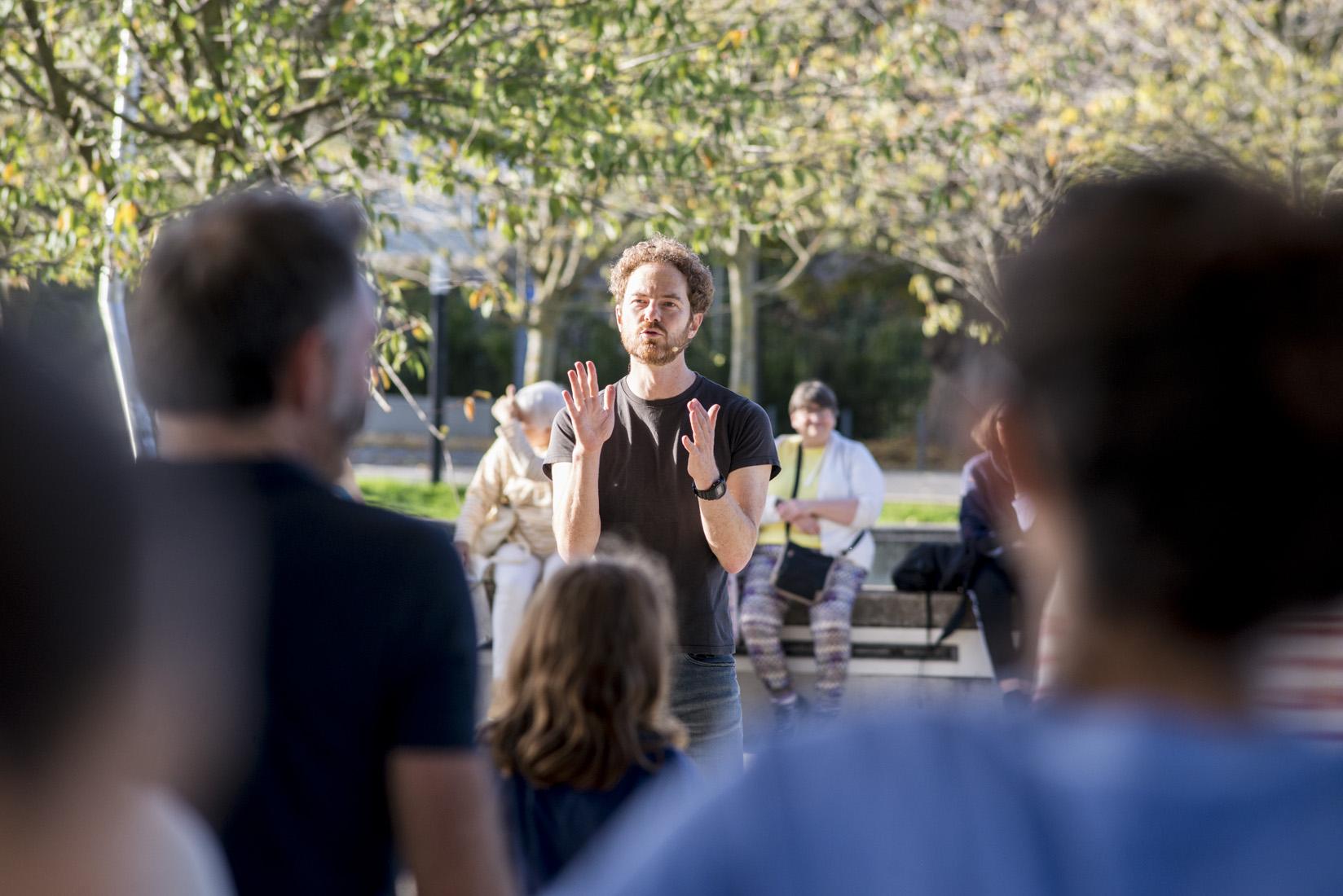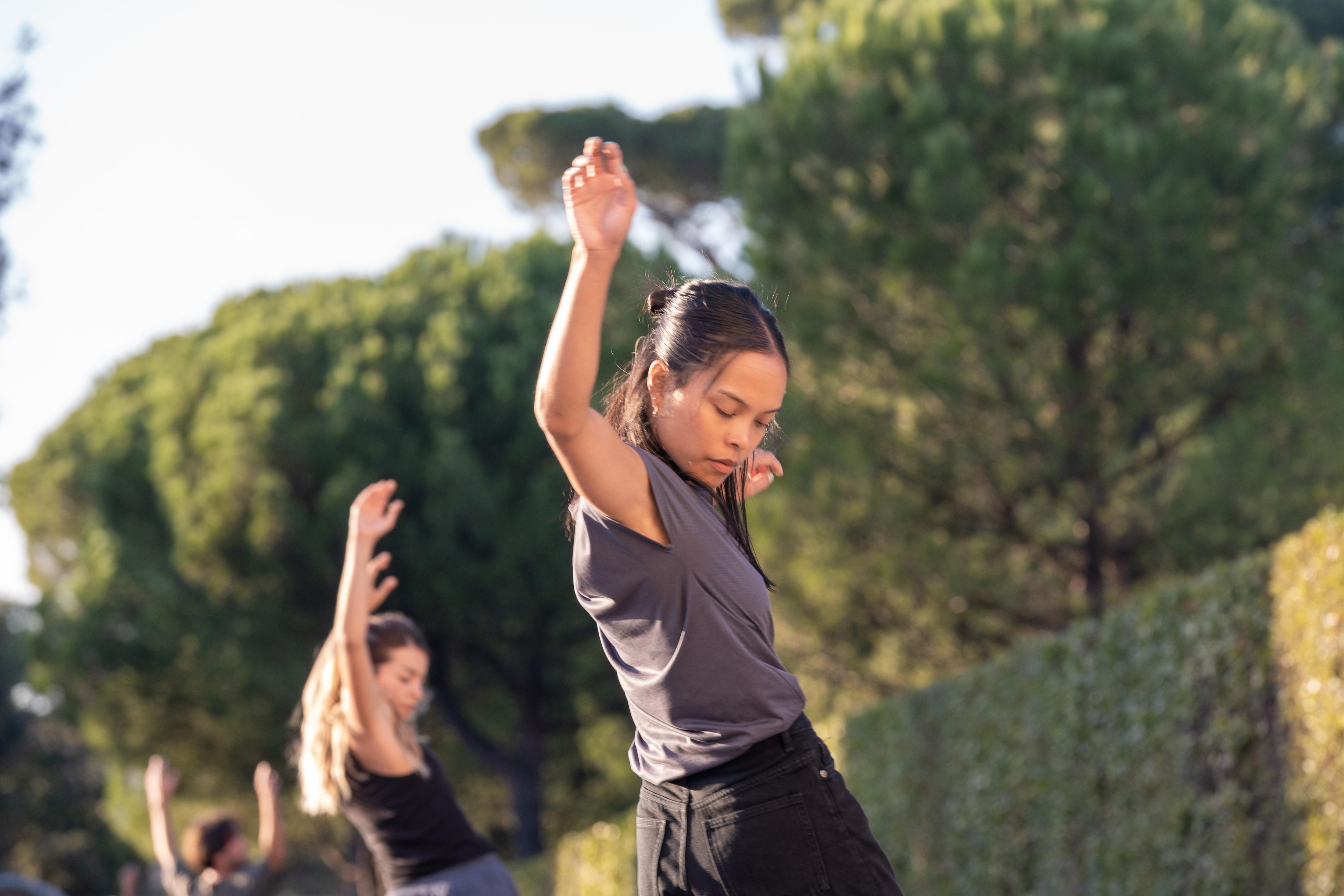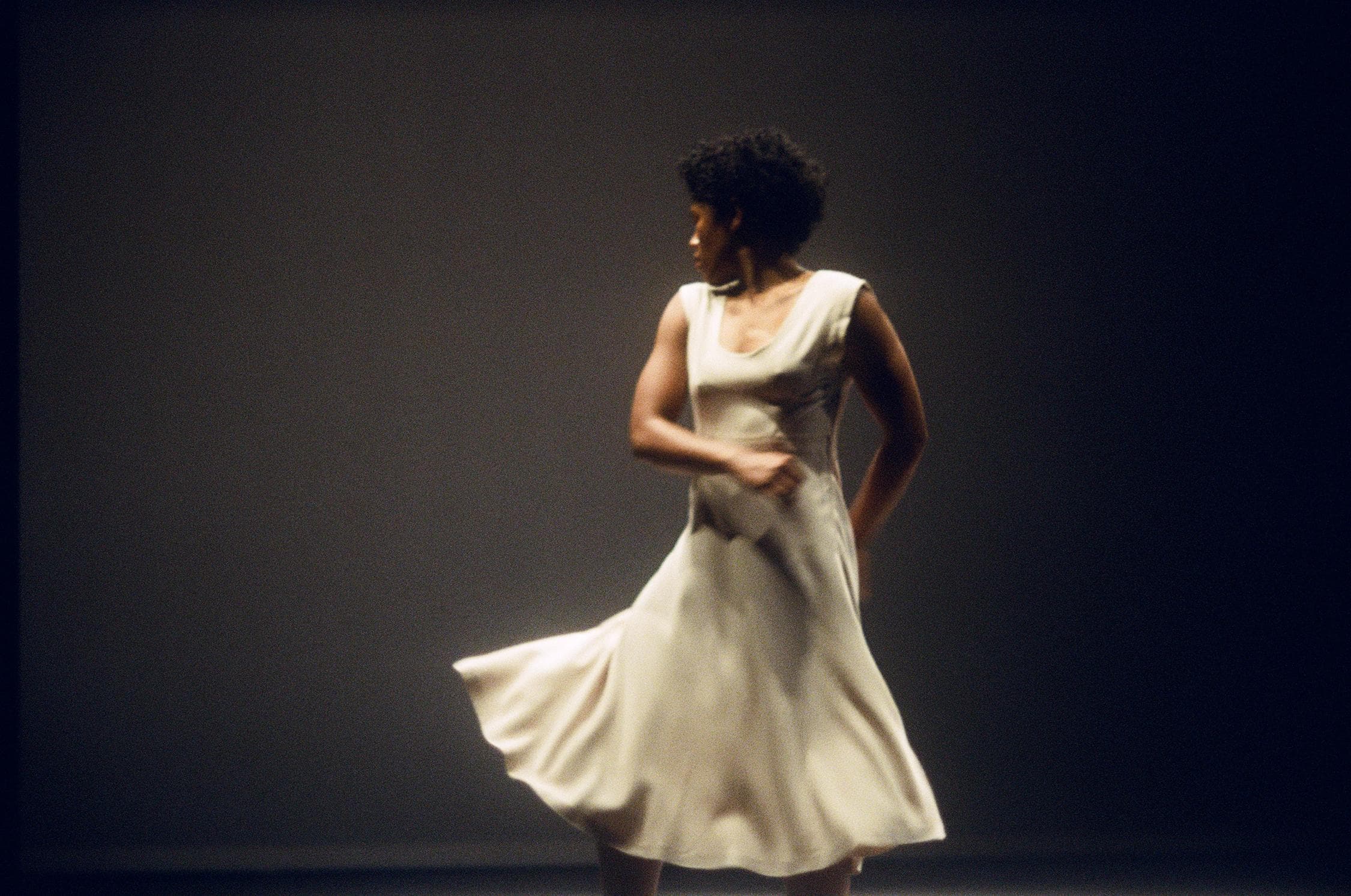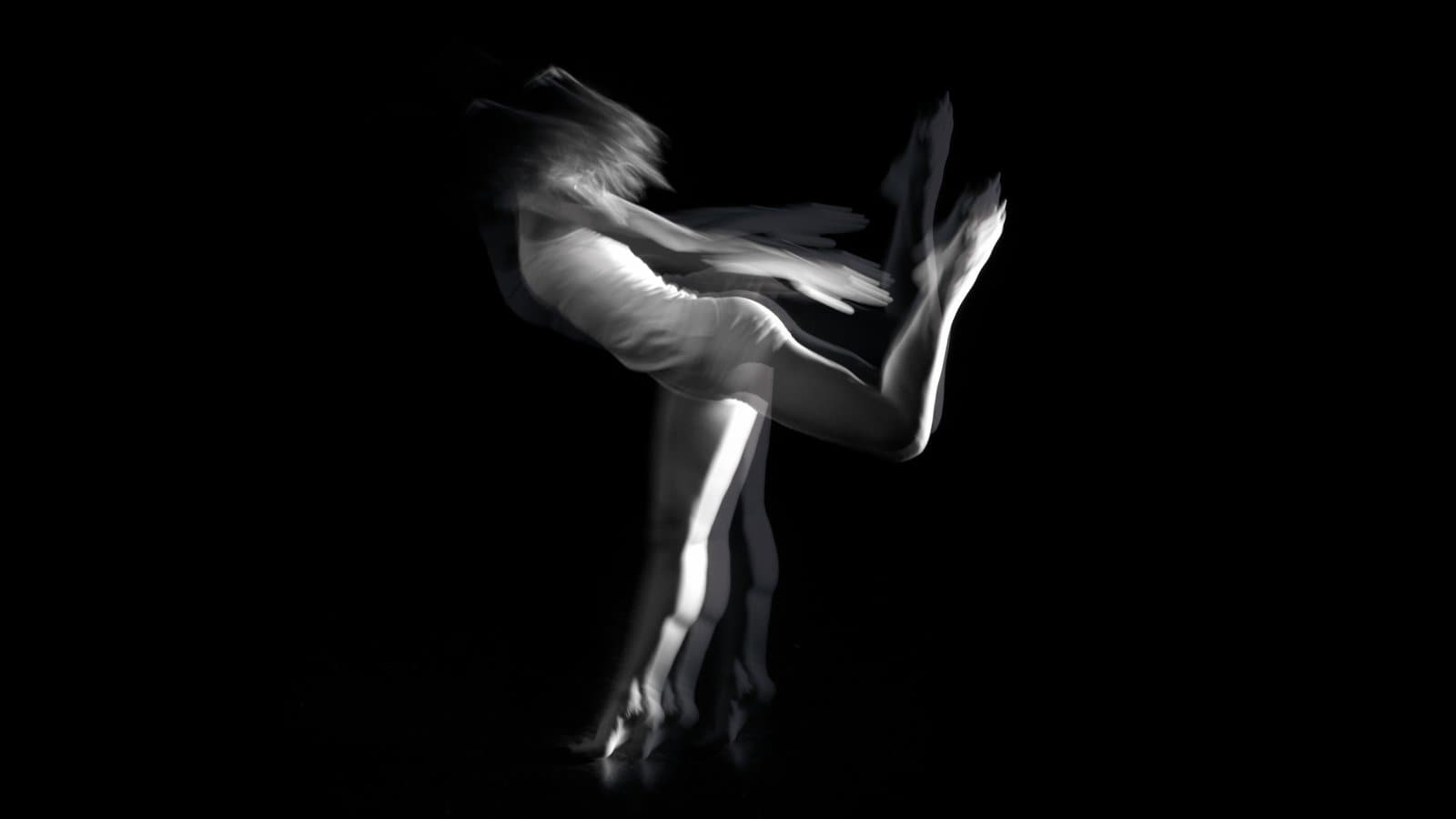Interview with Christian Rizzo
Interview
Noëmie Charrié — Jan 13th, 2022
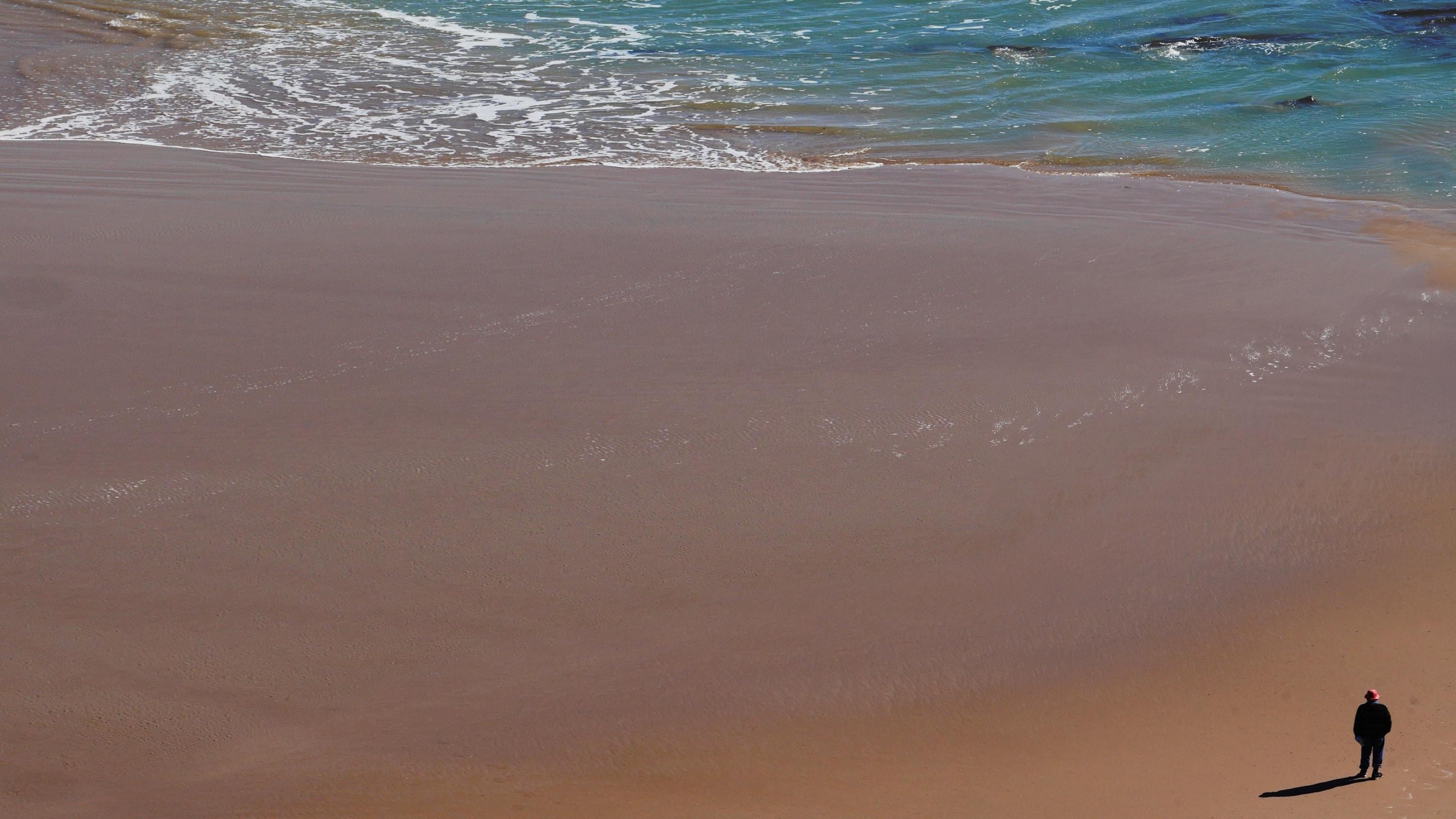
In an interview with Noëmie Charrié, choreographer and Director of ICI-CNN Montpellier Christian Rizzo shares his perspectives and sources of inspiration for his work miramar.
What were the key milestones in the creation of miramar?
It all started with an observation: I love the seaside, particularly resort towns with a 1930s flair, and especially in winter when there is no one around. I need to see the ocean, to watch the waves. But I soon realized that my eyes were increasingly drawn to people, people looking out over the immensity of the sea, towards the horizon. Looking at these people I have never met, I am intrigued to see their bodies in a simultaneous state of projection and reception, transmitting and receiving something invisible to me. They exhibit a readiness to receive, together with a kind of active willingness that I interpret as a call from afar. Perhaps they are not really gazing at the sea, but trying to see behind the horizon, towards a sort of mental no-man’s-land. In the end, the surging ocean is something of a flux, a channel, a conductor of comings and goings between that elsewhere and oneself.
I wanted to tackle a project in which my position as a witness, the position of people calling and receiving, and the flow itself would be one and the same, a single movement. One place where I love watching this phenomenon is a beach in Biarritz known as Miramar. Connecting the dots, I realized that Miramar is also the name of a large seaside hotel in my native city of Cannes. The word resounds like a half-kept secret: that is just one of the concepts dwelling in the bedrock of a project that nevertheless aspires to an abstract approach.
You take a multidisciplinary approach to artistic processes: how do stage design, lighting and music work together with the artists’ performance?
We have a very unusual way of working: sound, lighting and the stage are all autonomous. After all, when I am outside in a natural setting, I can’t control the sound, or the luminosity, or changes in light. My attachment to the physicality of observation is linked to something over which I have no control, but which is in motion: this idea of motion is what matters most for me. I want to work on lighting movements, sound movements and stage movements to see whether they can coexist. Then I will have to start writing this coexistence.
The composer, Gérôme Nox, works both with us and on his own: he attends rehearsals from time to time, we listen, we run tests outside of the studio. As for the lighting, it was designed with Caty Olive, who started even before the dancers arrived. One important aspect of the set design is that the lights are robotic: they move. That is particularly interesting for me because it inspires a whole new method of writing and light design. The lights themselves are installed on rails, so they contribute to this focus on moving and shifting.
“I wanted to tackle a project in which my position as a witness, the position of people calling and receiving, and the flow itself would be one and the same, a single movement.”
Most of your creations contain a blend of organic and mechanical. What does the union of those two contradictory terms represent for you?
It stems from my own artistic field, the performing arts: since my work takes place inside, in theatres, I have a penchant for technical and mechanical processes in the performance space. I am very receptive to the artificial, which has always had an emotional quality for me: seeing a lamp light up and go dark again is as poignant as watching the sun rise or set. I don’t really distinguish between natural and artificial light, I find that a lamp being extinguished or a sound amplified always stirs emotion.
I also have a background in rock, so using speakers and technical controls to heighten a gesture has always been a prodigious source of emotion. But that emotion is also linked to a particular movement: I know that behind every piece of machinery there are human actions, something organic. I don’t work with artificial intelligence, which could be considered autonomous. Every mechanical action is still prompted by a human gesture. I also find an emotional quality in the vision of a body and a machine side by side. Indeed, the power and beauty of mankind comes from the interaction between our animal nature and our ability to think in terms of numbers, to create right angles. It thrills me to know that we are thinking animals, but we are also a thought in bodily form.
How does that come out in miramar?
In miramar, there are ten dancers plus one. As such, we experience the joy of being alone, and the joy of being together. In other words, one dancer dancing alone, or ten dancers dancing alone, or dancing alone and then joining others, with a dance that springs forth because we can listen to each other.
Nonetheless, I don’t think the show will be joyful: we are working towards something more melancholy, but there is a bond between the dancers, with an energy that acts as an antidote to the futile limbo of lethargy, of waiting. When you are waiting, you don’t know if what you are waiting for will actually come to pass: you are just in a state of suspension. In miramar, there is a supple link between these two conditions.
“In my work, dancers very rarely perform facing the audience, except at very specific moments; they are always at a slight angle, because I don’t see theatre as a face-to-face setting.”
One might say that you prefer an oblique rather than a frontal approach. What effect does that have in terms of interaction?
It is also a matter of perspective. Like in painting, when you see a subject looking elsewhere, you tend to follow his or her eyes. Once a body becomes part of a landscape, it serves to orient the viewer’s gaze. Without that gaze, a painting may depict nature, but not a landscape. I use dancers’ bodies to orient the audience’s eyes to the surrounding space.
In my work, dancers very rarely perform facing the audience, except at very specific moments; they are always at a slight angle, because I don’t see theatre as a face-to-face setting.
In miramar, we seek to portray a variety of relations, direct or indirect, and that purpose comes out in the dancers’ positions. Like in Las Meninas by Diego Velásquez, it is both relatively static and in motion, every line follows the path of the subjects’ eyes. For me, this is an altogether cinematographic composition: how a body can be turned in a given direction, how the gaze registers what has happened, observing, recording, stabilizing.
You often invoke the notion of “fictional abstraction.” Could you elaborate on this concept in light of the ideas expressed in miramar?
A few fragments of fiction appear in miramar: for example, in the middle of rather abstract dances reminiscent of marches or currents, someone suddenly falls and another dancer approaches, or a dancer takes another’s hand and they perform a few steps together, without the dance ever stopping.
These are signs amid a group of fragile bodies holding onto each other in a context of apprehension and in a rather segmented dance, where whirlwind bursts mingle with more placid moments, a performer laying his head on the head of another dancer and gently sliding along his body. There are a lot of falls. Some get back up, others remain on the ground, calling to mind people sleeping, but also images of bodies washed ashore, like scenes from a movie, castaways stranded on the beach...
Interview conducted by Noëmie Charrié for ICI-CCN Montpellier
Photo: © Christian Rizzo
VIDEO
-
Interview with Christian Rizzo – Opéra de Lille
